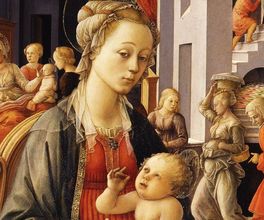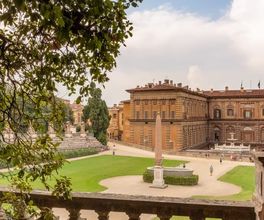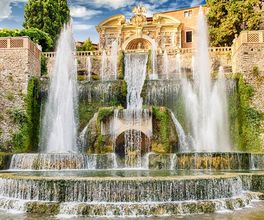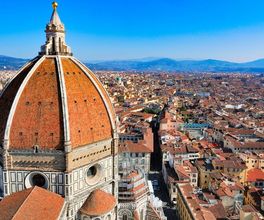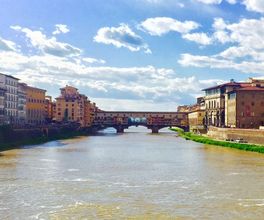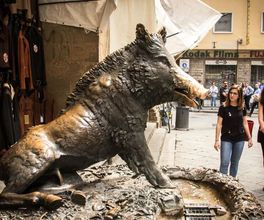




About this experience
An outstanding ensemble in Florence near the Pitti Palace - the perfect place for a leisurely and informative walk in the shade of 400-year-old oaks and Napoleonic plane trees, ancient obelisks and coffee houses, well-groomed flower beds and arbors. In the elegant park of 4.5 hectares, I will draw your attention to details that will reveal the history of Tuscan fashion and trends from the Middle Ages to the 19th century. I will introduce you to the history of the creation and further improvement of the Boboli Gardens, as well as tell you about the differences in concepts of Italian, French, and English gardens.
What to expect
Italian garden concept
Strolling through the beautifully maintained territory, you will learn about the main ideas of the Renaissance embodied in the organization of the garden-park space. We will talk about the stylistic division into the 16th-century zone and the Baroque area, as well as the approach to the arrangement of the ensemble relative to the Pitti Palace. In addition, I will talk about the peculiarities and main differences of different European garden concepts - Italian, French, and English.
History of the ensemble creation
Flipping through the milestones of the park's creation, we will start from a distance - from the 15th century when the Florentine aristocrat Luca Pitti bought the lands. Jumping over a century, you will find yourself at the origins of the garden's inception - an idea born thanks to Eleonora di Toledo, the wife of Cosimo I de' Medici. I will tell you about the author of the project, who became a prototype for royal parks in Europe - architect Niccolò Tribolo. And the subsequent changes made by each of the Grand Dukes of Tuscany, and later Lorraine, in the improvement of the garden.
Park details and illustrations of Tuscan fashion
Near the grottoes of Moses and Buontalenti, we will talk about the fashion of the 16th century for unusual things, and near the monument of lemons - Limonaia - about the emergence of the fashion for citrus fruits. Examining the elegant rococo-style coffee house, you will hear about the passion for hot chocolate in the 18th-19th centuries among aristocrats and bourgeoisie. You will learn how a quarry turned into an amphitheater and became a model for the Luxembourg Garden in Paris. You will see the original Egyptian obelisk, 3,000 years old; the fountains
